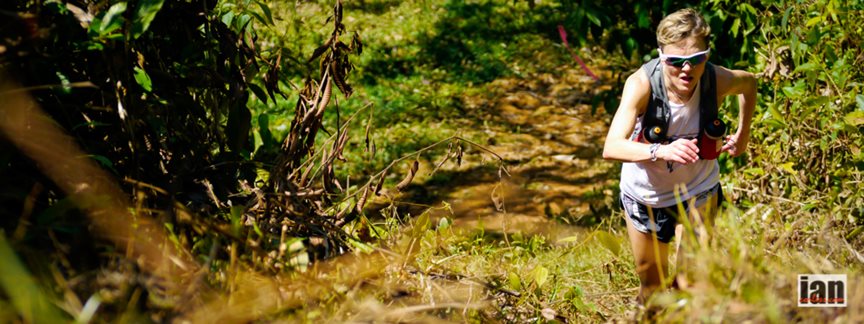Last updated: 16-Aug-18
Written by Sports Dietitian Rin Cobb
Unlike the usual beats you may be used to running to, many are turning to the purple delights of beetroot juice to help spur them on their way. This may seem quite an obscure dietary practice but it’s the nitrates, which beetroots have an abundance of, that seem to help you run harder for longer. So what are nitrates and how might they help your running?
First we need to understand the role of nitric oxide in the body, an important signaling molecule, which helps to regulate blood flow and thus blood pressure, muscle contractility as well as aerobic metabolism. One of the ways that nitric oxide can be produced is through converting nitrate to nitrite on your tongue (you’ll see the relevance in a moment). After swallowing, nitrite travels down to the stomach where it reacts with your stomachs acidic juices to produce nitric oxide. This is essentially how a GTN spray (a form of nitrate) works, through this pathway to produce nitric oxide to increase blood flow to the heart during an angina attack.
So how is this relevant to your running performance? I’m sure you’ll agree, all the processes that nitric oxide are involved in are essential to being able to run so if you could increase nitric oxide levels could this not have a positive impact on your running performance? Various studies have investigated this very hypothesis and the results are very promising. It appears that dietary nitrate supplementation improves exercise efficiency at submaximal intensities, which essentially means you could run harder for the same amount of effort as if you hadn’t had a supplement which is why it is becoming increasingly popular amongst endurance athletes.
So where do you find dietary nitrates and do you have to use a supplement? Nitrates are found mainly in vegetables, particularly leafy greens and beetroot. How fresh a vegetable is and farming practices can play an important part in nitrate availability, with organic vegetables having less, as they don’t use nitrate-containing fertilizers. For any potential benefits, a dose of 5-7mmol nitrate has been suggested and this should be taken around 3hrs before training or racing as it needs this time to take affect but can last for up to 6-8hrs. This would equate to 250-300g nitrate rich vegetables per day, 500ml beetroot juice or 70ml Beet It shot. For those not so partial to the more acquired taste of beetroot, Beet It have also produced a flapjack type bar or Science in Sport a nitrate gel where two will provide the equivalent dose of 500ml beetroot juice.
Whilst this all sounds promising, there is still much to be learnt about nitrate supplementation and it’s not known if there are any risks associated with higher levels of nitrate intake, apart from turning your pee pink or occasional gut discomfort. Fortunately there are plenty of natural dietary sources available if you want to explore whether running to these alternative beets works for you.
Disclosure:
We use affiliate links in some of our reviews and articles. This means that if you purchase an item through one of these links we will earn a commission. You will not pay more when buying a product through our links but the income will help us to keep bringing you our free training guides, reviews and other content to enjoy. Thank you in advance for your support.





